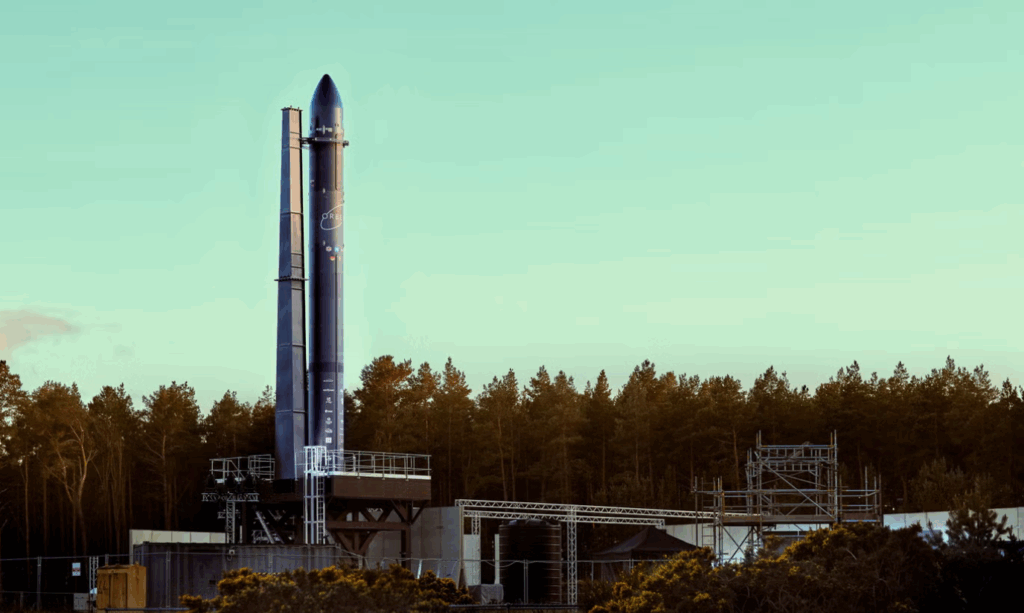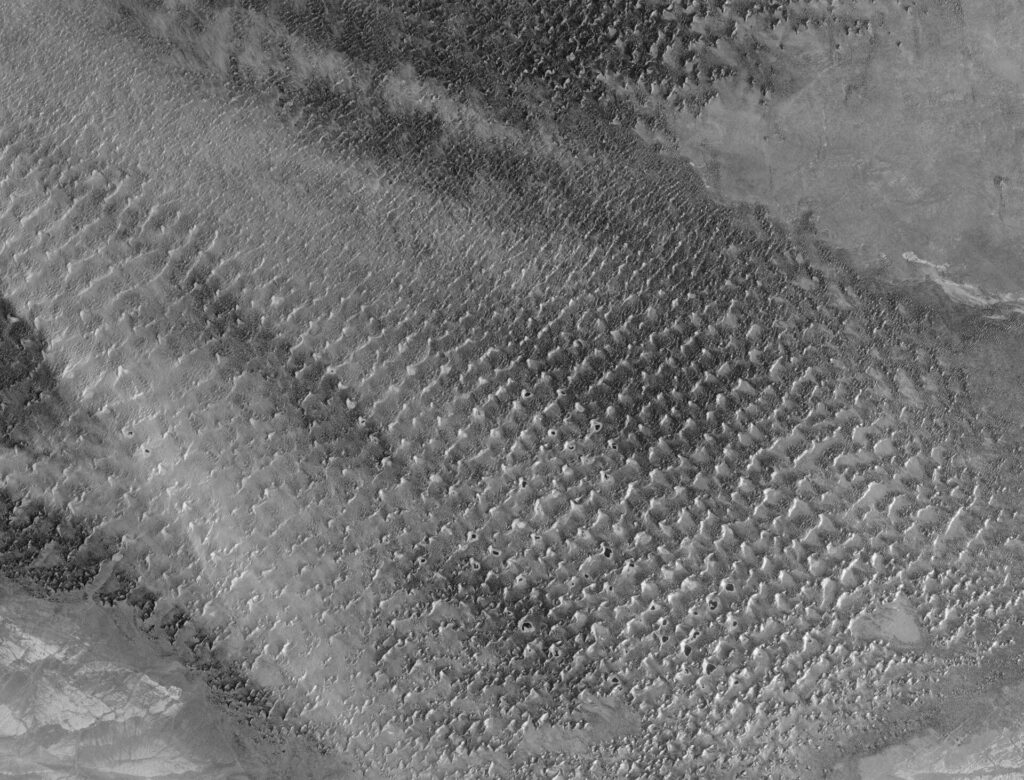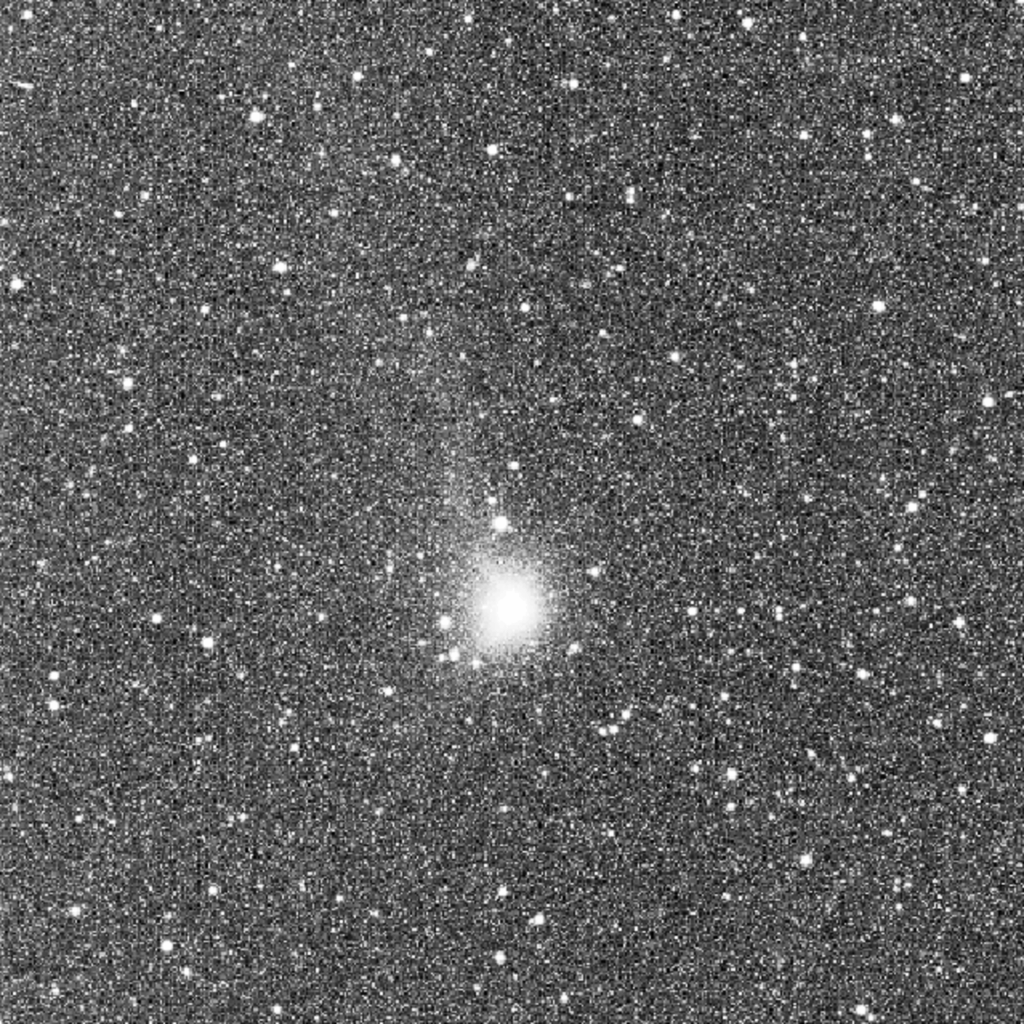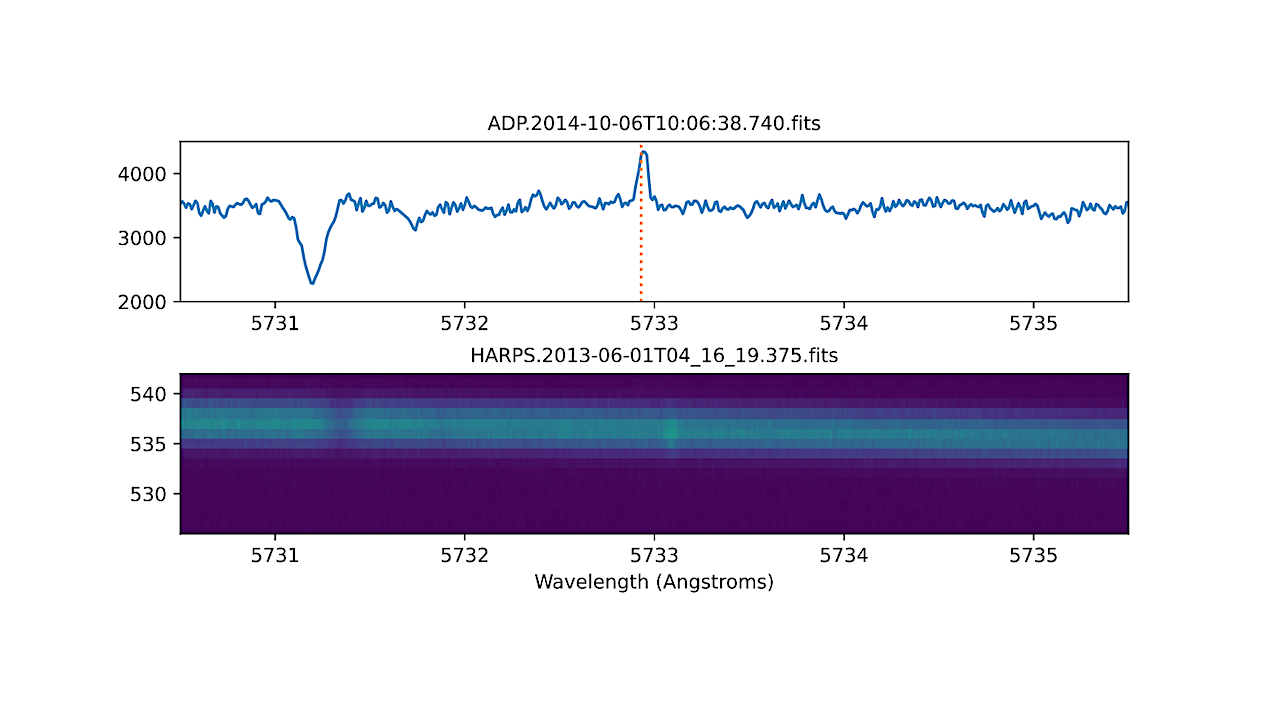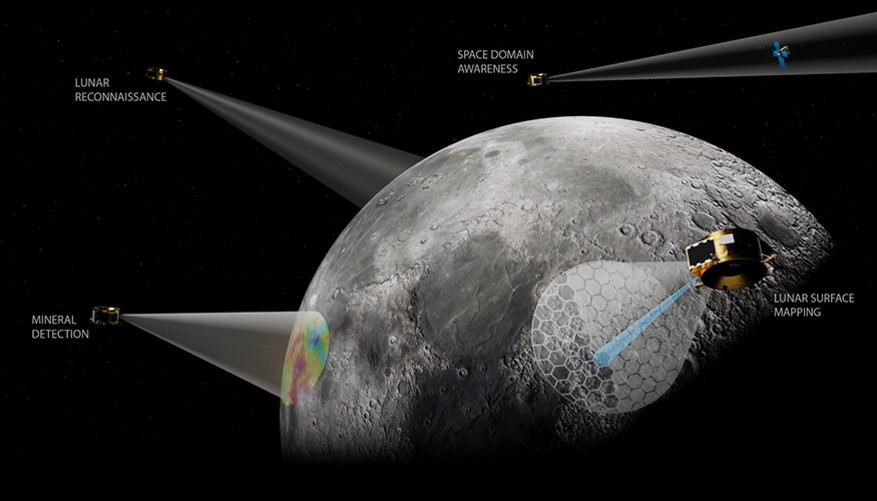Now Reading: Tracking the climate-driven shift in Antarctic plankton from space
-
01
Tracking the climate-driven shift in Antarctic plankton from space
Tracking the climate-driven shift in Antarctic plankton from space

13/08/2025
227 views
11 likes
Combining 25 years of space-based data with ocean sampling, scientists have uncovered a change in the microscopic organisms that underpin the Southern Ocean’s food chain and carbon storage.
A study using satellite observations provides evidence for a climate-induced shift in the seas surrounding Antarctica which could have effects that ripple through the marine food web – and an impact on the Southern Ocean’s role as a carbon sink.
The article, published in Nature Climate Change, draws on satellite records for sea surface temperature, ocean colour and sea ice extent from ESA’s Climate Change Initiative (CCI) and analysed marker pigments in more than 14 000 in-situ samples to investigate changes in phytoplankton species composition over a 25-year period, between 1997–2023.
Alexander Hayward, Earth System Scientist at the Danish Meteorological Institute and lead-author on the paper, explained how the research team used ESA’s CCI data in the study: “We built machine-learning models using in-situ samples, which we then combined with data from the European Space Agency, such as sea surface temperature, ocean colour and sea ice concentration, to track changes in different phytoplankton groups over time.”
The study identified several trends in the decline and regrowth of phytoplankton populations across the Southern Ocean, including:
- a significant decrease in diatoms across the Antarctic continental shelf between 1997 and 2023;
- a significant increase in cryptophytes following sea ice retreat in 2017;
- a smaller increase in diatoms across the region after 2017, except in West Antarctica where concentrations continued to decrease; and
- an increase in haptophytes within the shelf before 2017.
During the 25-year period 1997–2023, smaller phytoplankton groups, such as haptophytes and cryptophytes, increased in number. The research also identified a shift after 2016, which coincided with a sharp loss of Antarctica sea ice. During this time, diatom levels started to rebound due to changes in environmental conditions, such as greater light availability and altered nutrient dynamics, following the retreat of the sea ice.
“We observed major reductions in diatom populations between 1997–2016 – a period where sea ice increased,” explained Alexander. “From 2016 onwards, the satellite record revealed a slight rebound in Antarctic diatom populations, and a related group of marine algae – cryptophytes – rapidly proliferated.”
The Antarctic marine environment
The Southern Ocean around the Antarctic ice sheet is home to two main types of phytoplankton: diatoms (46%) and haptophytes (32%). Diatoms are single-celled, disc-shaped algae and can be up to a couple of millimetres in diameter, while haptophytes and cryptophytes are classed as nanoplankton and can be 100 times smaller than diatoms, with single cells typically less than 10 micrometres in diameter.
They provide both an important source of food and an important form of carbon sequestration. But not all phytoplankton are born equal – diatoms have a far superior ability to absorb carbon in their hard silica shells and when they sink to the ocean bed, they take the carbon atoms with them. They are also the preferred food of krill, the small, shrimp-like crustaceans that in turn are food for whales, penguins, seals and fish.
Understanding the Southern Ocean from space
So how could a satellite, such as Copernicus Sentinel-3 carrying the Ocean and Land Colour Instrument (OLCI), possibly detect such small organisms from its orbit at 815 km above Earth’s surface? The answer is: it doesn’t, and it certainly can’t distinguish between diatoms and haptophytes.
But what Sentinel-3’s OLCI sensor can do is provide detailed measurements of the wavelength of light reflected off the sea’s surface – in other words, it can detect the colour of the sea.
Phytoplankton use the process of photosynthesis to convert sunlight, carbon dioxide and water into chlorophyll.
It is the green colour of chlorophyll and other light-harvesting and protective pigments within their cells that can be detected from space.
In-situ measurements are then used to analyse the pigment in the ocean, identifying different phytoplankton groups and their locations according to their particular shade of chlorophyll.
This combined data can be modelled to get information on diatoms and haptophyte populations across the region, providing insight into large-scale changes in chlorophyll in the Southern Ocean.
Phytoplankton: essential to climate
Climate change affects phytoplankton in several ways – and vice versa. And although it is vital for Earth’s climate, long-term changes in phytoplankton are poorly understood. Phytoplankton biomass and pigment diversity have been designated an essential climate variable by the Global Climate Observing System (GCOS) – but long-term satellite records are needed to understand the cycles of these organisms.
ESA’s climate initiative is establishing a project called Phyto-CCI, which aims to generate global records of phytoplankton types from space using advanced analysis of satellite-detected pigments. Phyto-CCI will provide scientists with new tools to monitor the health of marine ecosystems and the role of the ocean in regulating our climate.
Alexander stated, “If we observe a decrease in the number of diatoms, it is likely that the biological carbon pump will weaken, resulting in less carbon dioxide being transported to the deep sea. Now more than ever, we need more research and observation to monitor the changes in this sensitive ecosystem. What’s happening at the microscopic level could impact the climate itself and needs our attention.”
Stay Informed With the Latest & Most Important News
Previous Post
Next Post
-
 012024 in Review: Highlights from NASA in Silicon Valley
012024 in Review: Highlights from NASA in Silicon Valley -
 02Panasonic Leica Summilux DG 15mm f/1.7 ASPH review
02Panasonic Leica Summilux DG 15mm f/1.7 ASPH review -
 03How New NASA, India Earth Satellite NISAR Will See Earth
03How New NASA, India Earth Satellite NISAR Will See Earth -
 04And Thus Begins A New Year For Life On Earth
04And Thus Begins A New Year For Life On Earth -
 05Astronomy Activation Ambassadors: A New Era
05Astronomy Activation Ambassadors: A New Era -
06SpaceX launch surge helps set new global launch record in 2024
-
 07From Polymerization-Enabled Folding and Assembly to Chemical Evolution: Key Processes for Emergence of Functional Polymers in the Origin of Life
07From Polymerization-Enabled Folding and Assembly to Chemical Evolution: Key Processes for Emergence of Functional Polymers in the Origin of Life












